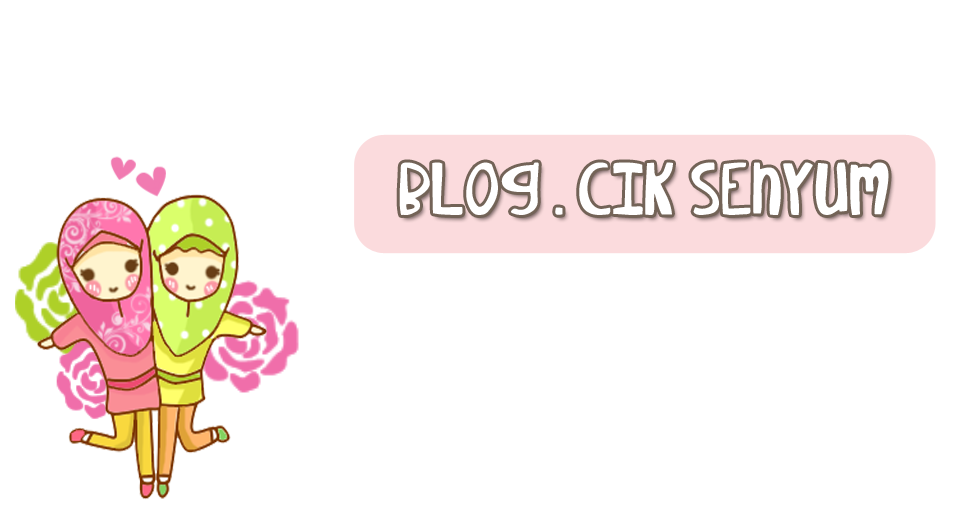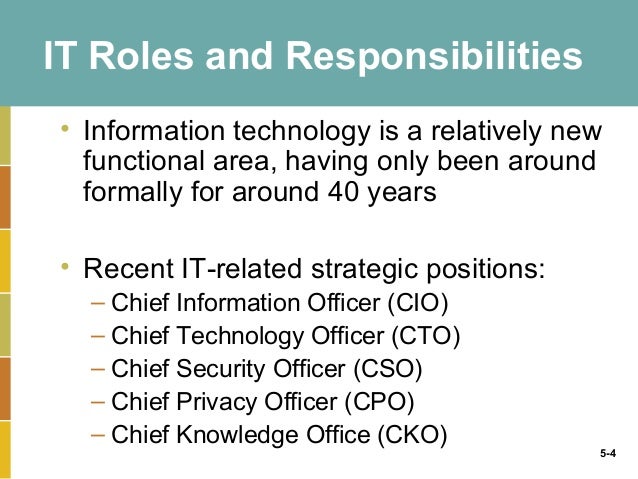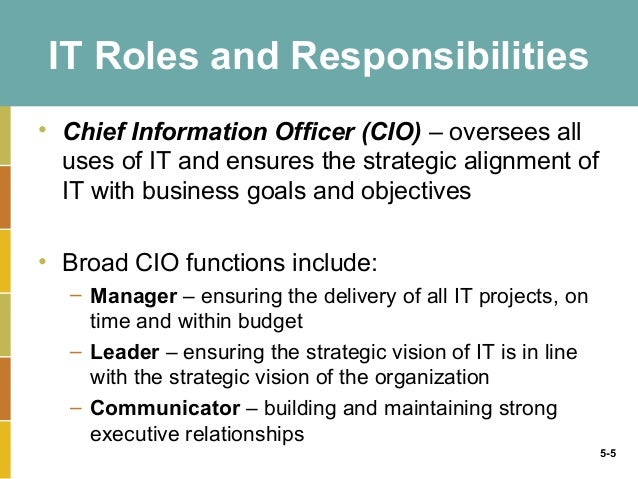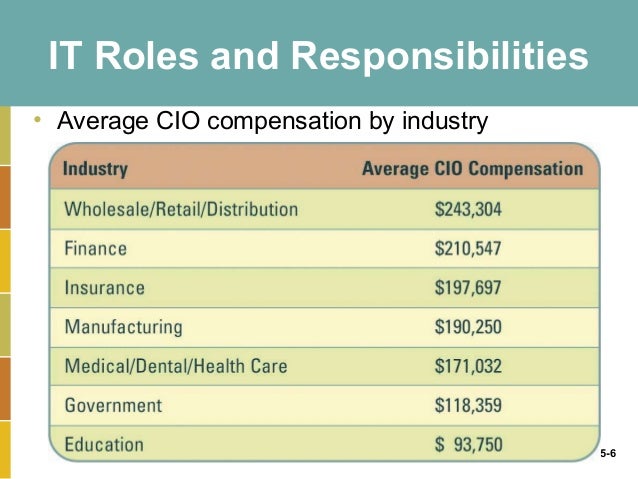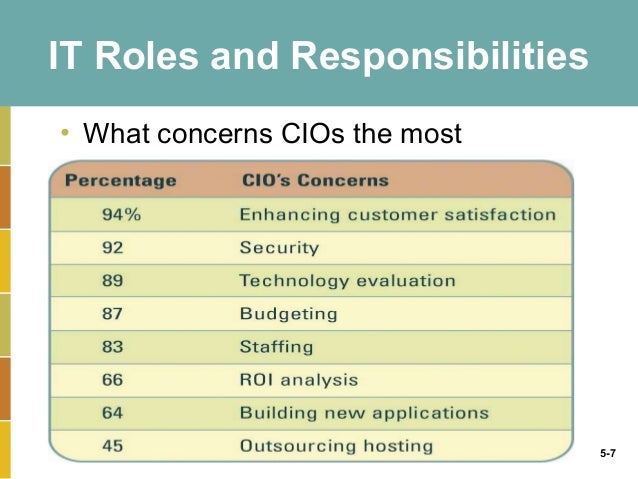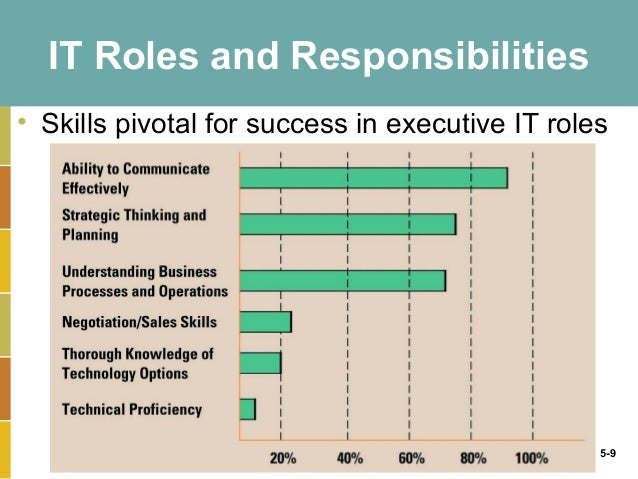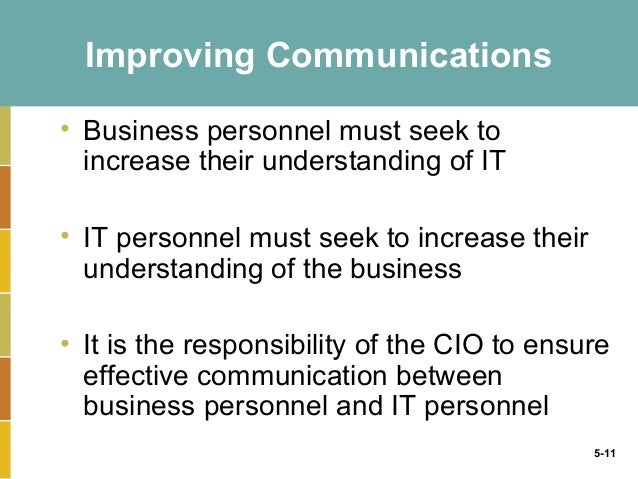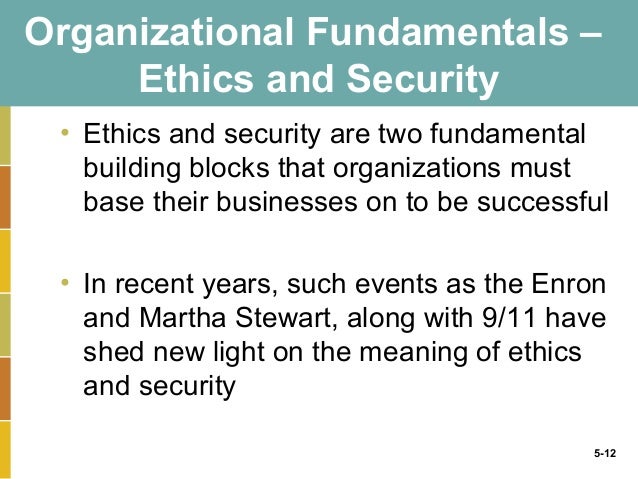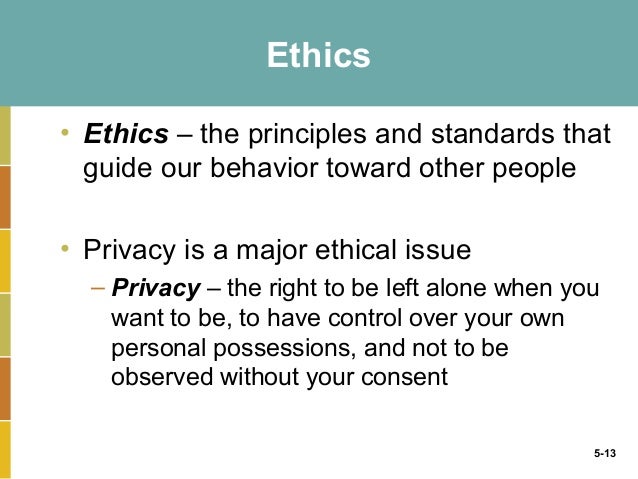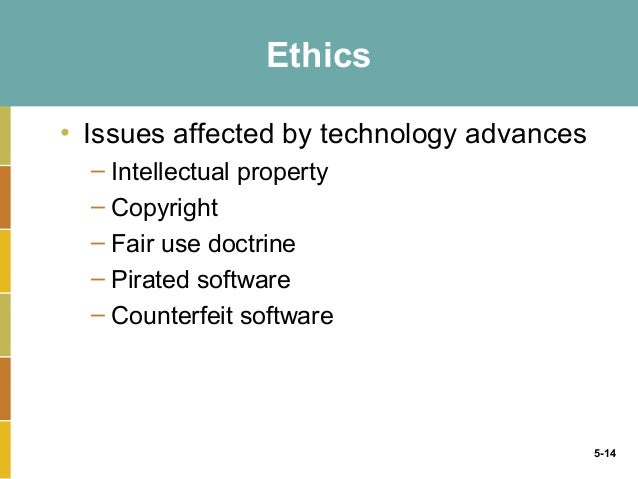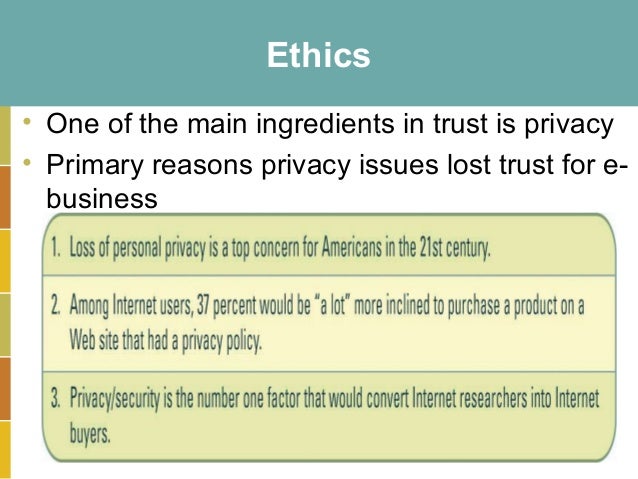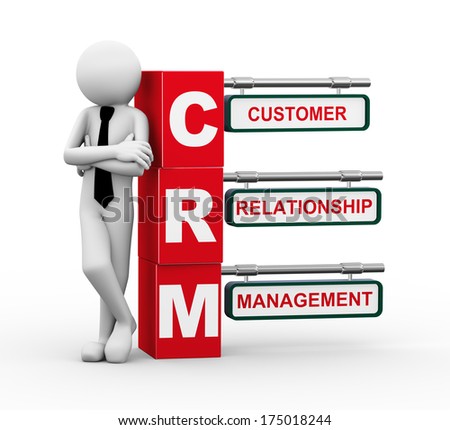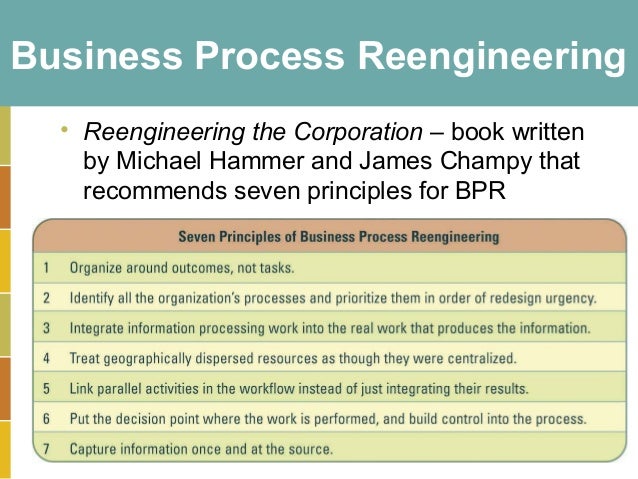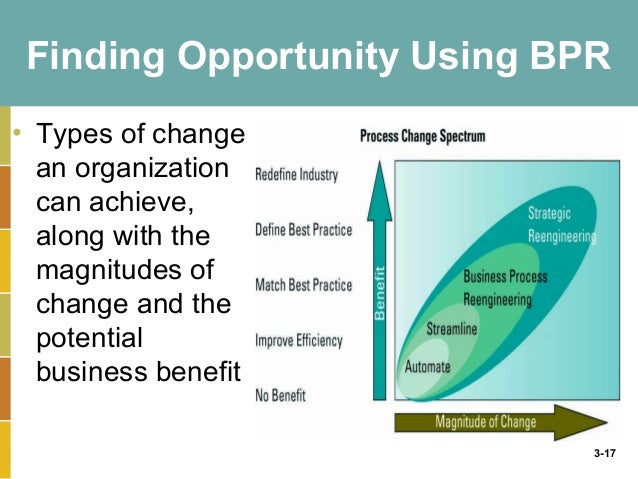END OF CHAPTER 6
Tuesday, January 26, 2016
Sunday, January 24, 2016
Saturday, January 16, 2016
CHAPTER 5: ORGANIZATIONAL STRUCTURES THAT SUPPORT STRATEGIC INITIATIVES
CHAPTER 5: ORGANIZATIONAL STRUCTURES THAT SUPPORT STRATEGIC INITIATIVES
LEARNING OUTCOMES
5.1 COMPARE THE RESPONSIBILITIES OF A CHIEF INFORMATION OFFICER (CIO),CHIEF TECHNOLOGY OFFICER (CTO),CHIEF PRIVACY OFFICER(CPO),CHIEF SECURITY OFFICER(CSO),AND CHIEF KNOWLEDGE OFFICER(CKO)
5.2 EXPLAIN THE GAP BETWEEN IT PEOPLE AND BUSINESS PEOPLE AND THE PRIMARY REASON THIS GAPS EXISTS
5.3 DEFINE THE RELATIONSHIP BETWEEN INFORMATION SECURITY AND ETHICS

LEARNING OUTCOMES
5.1 COMPARE THE RESPONSIBILITIES OF A CHIEF INFORMATION OFFICER (CIO),CHIEF TECHNOLOGY OFFICER (CTO),CHIEF PRIVACY OFFICER(CPO),CHIEF SECURITY OFFICER(CSO),AND CHIEF KNOWLEDGE OFFICER(CKO)
5.2 EXPLAIN THE GAP BETWEEN IT PEOPLE AND BUSINESS PEOPLE AND THE PRIMARY REASON THIS GAPS EXISTS
5.3 DEFINE THE RELATIONSHIP BETWEEN INFORMATION SECURITY AND ETHICS
- This chapter provides an overview of the different tittles,roles and responsibilities found in a typical organization
- The gap between IT personnel and business personnel is highlighted
- The role of ethics and security in organization is discussed
- The CIO typically reports directly to the Chief Executive Officer (CEO)
- CIO must possess a solid and detailed understanding of every aspect of an organization coupled with tremendous insight into the capability of IT
- CIOs must have strong business skills and strong IT skills
- Enhancing customer satisfaction is the number one concern for many CIOs
- IT personnel have their own vocabularies consisting of acronyms and technical terms
- Business personnel have their own vocabularies based on their experience and expertise
- For both sides to have effective communication , the business personnel must seek to achieve an increase level of understanding of IT,and the IT personnel must seek to achieve an increased level of understanding the business
- Privacy is an ethical issue
- there are numerous examples of ethical issues surrounding IT

Friday, January 8, 2016
CHAPTER 3 : STRATEGIC INIATIVES FOR IMPLEMENTING COMPETITIVE ADVANTAGES
CHAPTER 3 : STRATEGIC INIATIVES FOR IMPLEMENTING COMPETITIVE ADVANTAGES
Learning Outcomes
3.3 Summarize the importance of enterprise resource planning systems
3.4 Identify how an organization can use business process reengineering to improve its business
SUPPLY CHAIN MANAGEMENT
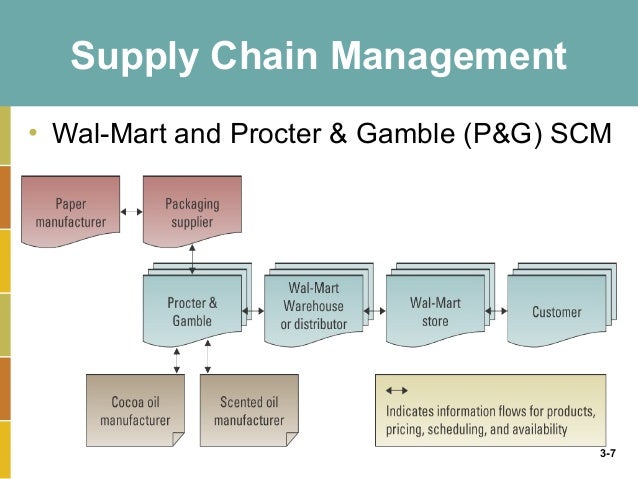
Learning Outcomes
3.3 Summarize the importance of enterprise resource planning systems
3.4 Identify how an organization can use business process reengineering to improve its business
SUPPLY CHAIN MANAGEMENT
- Supply chain management(SCM) - involves the management of information flows between and among stages in a supply chain to maximize total supply chain effectiveness and profitability
- There are 4 basic components of supply chain management include
- Supply chain strategy - strategy for managing all resources to meet customer demand
- Supply chain partner - partners throughout the supply chain that deliver finished products,raw materials,and services
- Supply chain operations - schedule for production activities
- Supply chain logistics - product delivery process

- Wal-Mart and P&G implemented a tremendously successful SCM
- System links Wal-Mart distribution centers directly to P&G's manufacturing centers
- Each time a Wal-Mart customers purchases a P&G product,the system sends a message directly to P&G's factory for a reorder
- Effective and efficient SCM systems can enable an organization to :
- Decrease the power of its buyers
- Increase its own supplier power
- Increase switching costs to reduce the threat of substitute products or services
- Create entry barriers thereby reducing the threat of new entrants
- Increase efficiencies while seeking a competitive advantage through cost leadership
- Customer relationship management (CRM) - Involves managing all aspects of a customer's relationship with an organization to increase customer loyalty and retention and an organization profitability
- Many organization ,such as Charles Schwab and Kaiser permanente , have obtained great success through the implementation of CRM systems
- CRM systems help organizations understand and manage their customers
- CRM is not just technology , but a strategy process ,and business goal that an organization must embrace on an enterprisewide level
- CRM can enable an organization to :
- Identify types of customers
- Design individual customers marketing campaigans
- Treat each customer as an individual
- Understand customer buying behaviors
- Although CRM has many technical components , it is actually a process and business goal simply enchanced by technology
- Organization must first decide that they want to build strong customer relationships and then they determine how IT can support their goals
- Provide examples of bad customer experiences you have had in the past
- Business process - a standardized set of activities that accomplish a specific task , such as processing a customer's order
- Business process reegineering (BPR) - the analysis and redesign of workflow within and between enterprises
- The purpose of BPR is to make all business processes best-in-class
- Companies frequently strive to improve their business processes by performing tasks faster , cheaper , and better
- The above figure displays different ways to travel the same road
- A company could improve the way that it travels the road by moving from foot to horse and the from horse to car
- However , true BPR would look at taking a different path. A company could forget about travelling on the same old road and use an airplane to get its final destination.Companies often follow the same indirect path for doing business , not realizing there might be a different , faster ,and more direct way of doing business.
- A true BPR effort does more for a company than simply improve it by performing a process better , faster , and cheaper
- Progressive Insurance's BPR effort redefined best practices for its entire industry
- The figure displays the different types of change an organization can achieve , along with the magnitude of change and the potential business benefit
- Enterprise resource planning (ERP) - integrates all department and function throughout an organization into a single IT sytems so that employees can make decisions by viewing enterprisewide information on all business operations
- Keyword in ERP is "enterprise"
Subscribe to:
Posts (Atom)
